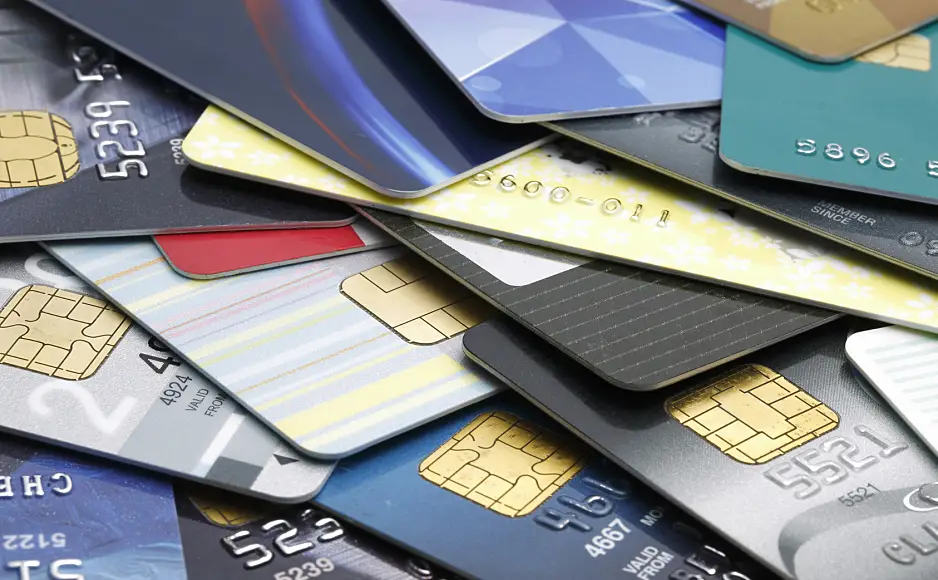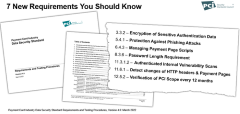


Interchange Fees Explained and Ways to Lower Them
Although interchange fees are heavily dependent upon the card networks, there are some things you can do that can result in big savings.
What is an interchange fee?
An interchange fee is a payment processing fee the card network determines and the issuing bank collects. This fee is non-negotiable and the responsibility of the merchant. There are ways, however, to save on interchange fees.
During settlement, the fee (among others) is deducted from the transaction amount before it is deposited into the merchant’s bank. This fee makes up the majority of fees involved in credit card payment processing.
When does an interchange fee apply?
Every time you process a credit card transaction an interchange fee is charged.
How much will I pay in interchange fees?
There are several factors that determine the fee, including the card association (Visa, Mastercard, etc.), type of card used (debit, credit, corporate) how the transaction was made (swiped, keyed, online), type of business as well as the amount of transaction data that is passed to the card issuer.
Here are the average interchange rates for the 4 major credit card networks in April 2021:
Visa: 1.4% – 2.5%
Mastercard: 1.5% – 2.6%
Discover: 1.55% – 2.5%
American Express: 2.3% – 3.5%
(source: creditdonkey.com)
Where can I find a list of interchange rates?
Visa, Mastercard, and most other card brands are required make their interchange rates public. However, finding them on the internet may not be easy. For example, unlike Visa and Mastercard, Discover doesn’t actually publish their interchange fees online. The only way to view the fees is by getting a verification code from your bank. American Express publishes their rates in their Merchant Guide.
The credit card networks typically update their interchange fees twice a year, in April and October. For your convenience, we’ve placed access to them in the links below.
Visa Interchange Fees (April 2021)
Mastercard Interchange Fees (April 2021)
American Express Interchange Fees (2019)
How to reduce your interchange fees
Although interchange fees are heavily dependent upon the card networks, there are some things you can do that can result in big savings.
- Check your Merchant Category Code (MCC).Make sure your business is classified correctly so you’re charged the correct rate. Every merchant is assigned a code created by the card brands and based on the products they offer and industry they’re in. Categories, such as charities, get lower interchange rates. You can also assign different MCCs based on your business offerings. For example, a gym that added home-delivered healthy meals as a subscription split into two separate MCCs to route transactions for its different business models to optimize interchange.
- Types of cards accepted and transaction options. You can decide which cards to accept, especially those cards that charge higher fees. However, at the same time, offering convenient payment options is critical. To go even deeper, how the transactions are made impact fees. Card-present transactions have lower interchange fees than card-not-present transactions. You receive a higher interchange rate if you key in that same card number by hand. Offer payment options that make sense for your business and customers.
- Use Address Verification Services (AVS). AVS is a fraud-fighting tool for card-not-present transactions, but also can play a role in reducing interchange fees. The AVS compares the billing address provided by the cardholder to the billing address on file with the issuing bank. This is done as part of the merchant’s request for credit card transaction authorization. Visa and Mastercard both support AVS globally, and in the U.S., Visa incentivizes businesses to use AVS by providing a lower interchange rate when they do.
- Settle transactions every day. For the lowest interchange rates, settle your transactions every day. For most U.S. cards and transactions, the capture (clearing call) must happen within one day of the authorization to qualify for the lowest interchange rates. The longer you wait, the higher the rates.
- Provide Level 2 or Level 3 data when accepting and processing card payments. Level 2 processing refers to a type of credit card transaction that includes more detailed information than basic Level 1 processing. While Level 1 transactions typically only require basic card information such as the card number, expiration date, and the amount of the transaction, Level 2 processing includes additional fields designed to provide more data to the credit card company. This additional information helps reduce the risk of fraud and can lead to lower interchange fees for the merchant.
With Level 3 processing, you get the highest volume of supporting information, including data like the merchant’s industry (some industries have higher rates), where the product is shipping to and from, the invoice number, and the line-item details of that invoice. Sending additional details about the transaction helps the issuing bank know that the transaction is less risky. Read more about this on our blog, “How to Lower Interchange Rates with Level 3 Processing.”
The Star Tribune of Minneapolis (Star Tribune)was challenged to reduce operating expenses without impacting its existing infrastructure. To see what payment processing fees could be reduced, Payway conducted a free evaluation. It was found that a high percentage of transactions processed, 4.6% qualified for Level 3 processing reductions, resulting in an incredible 60% savings on qualified transactions. Read our case study, “Star Tribune Saves 60% with Level 3 Processing.”
Understanding interchange rates and how you save on them makes it easier for you to evaluate the payment processors best for your business. Even before you choose to work with Payway, we will complete a free cost analysis of your most recent merchant statement. We’ll break down everything you’re paying today and show you where you can save money.


